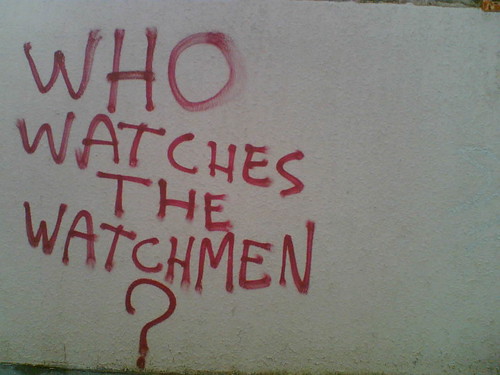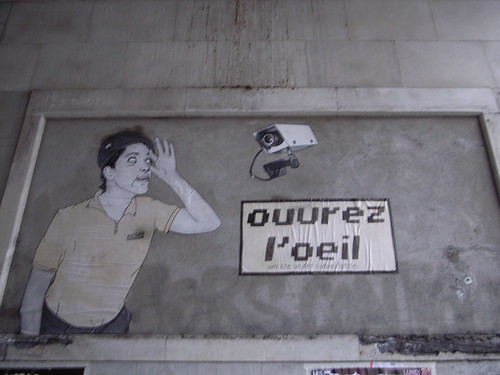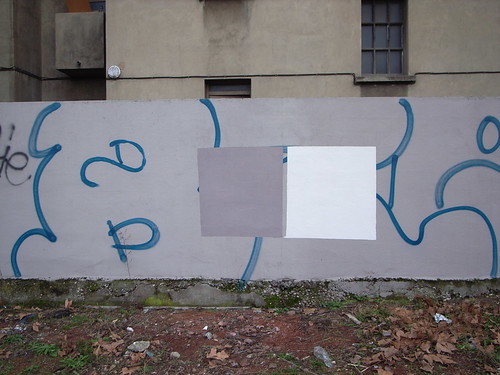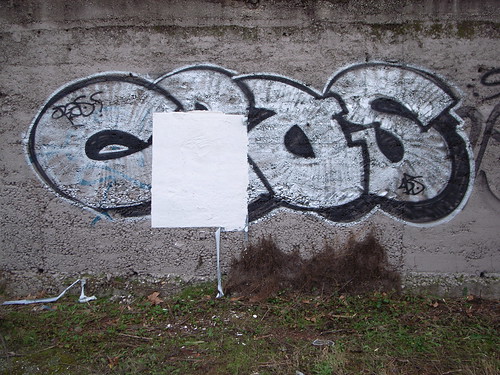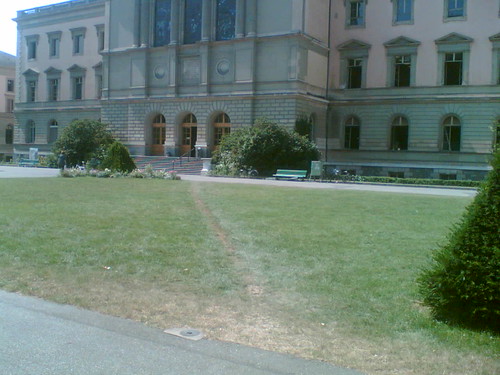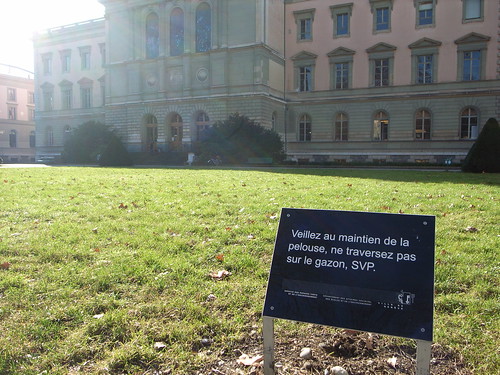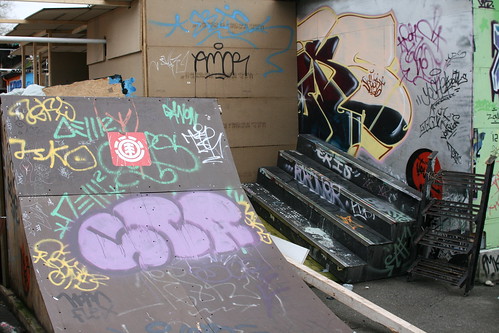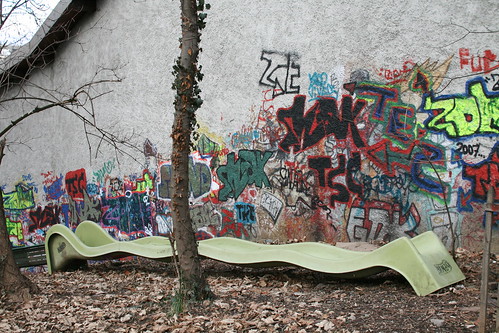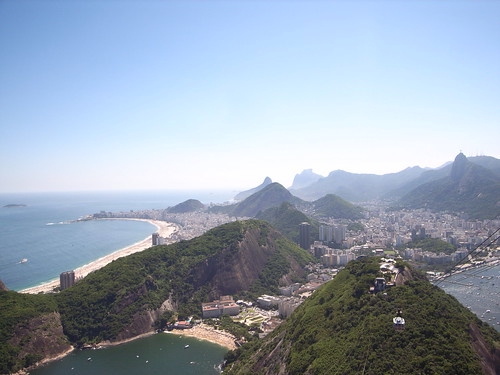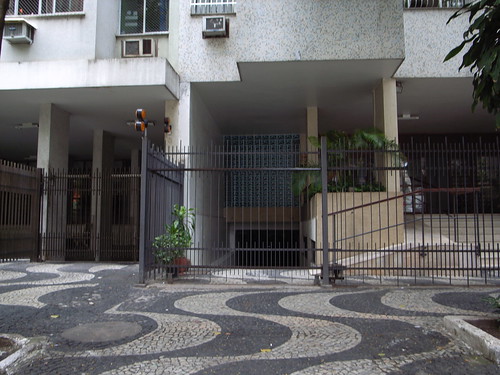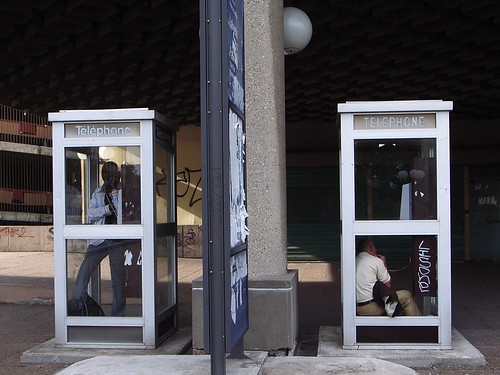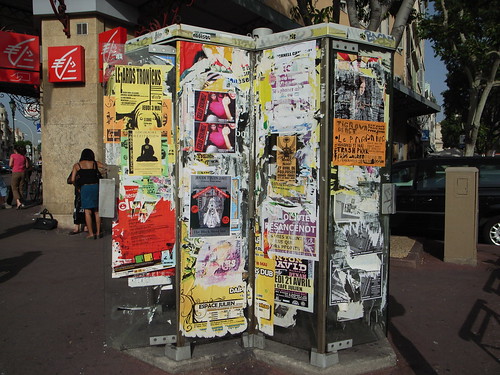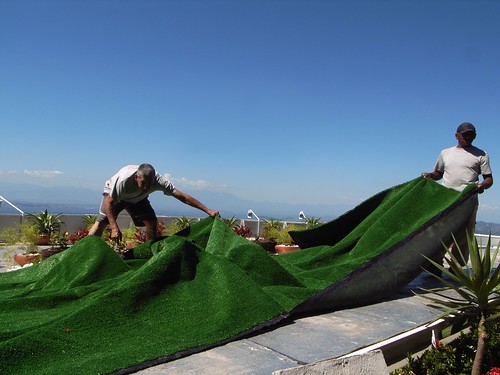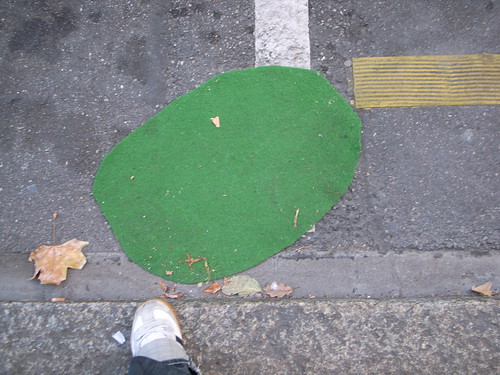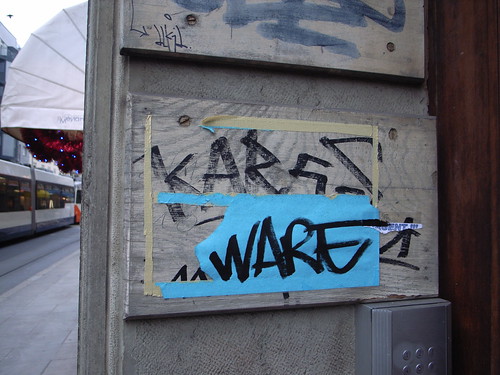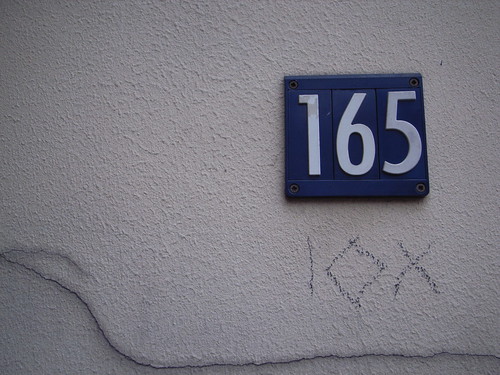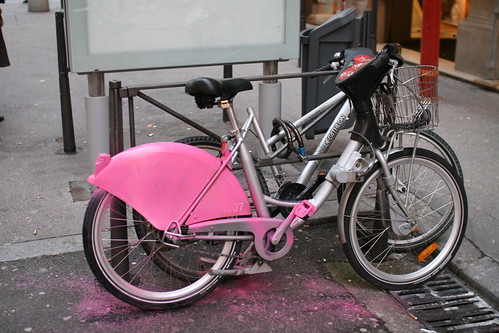The ever-growing need of relying on server infrastructure caused by cloud computing is an interesting recombination of space and technology. The Economist has a good piece about "where the cloud touches down", i.e. where to locate data centres and server farms. The fact that these facilities spring up in unexpected places such as old bunkers or shopping malls is an interesting indicator that their whereabouts is a serious concern and less an afterthought at it use to be.
"Now this haphazard landscape is becoming more centralised. Companies have been packing ever more machines into data centres, both to increase their computing capacity and to comply with new data-retention rules. (...) with demand for computing picking up in other parts of the world, the boom in data-centre construction is spreading to unexpected places. Microsoft is looking for a site in Siberia where its data can chill. Iceland has begun to market itself as a prime location for data centres, again for the cool climate, but also because of its abundant geothermal energy. (...) So will all data centres end up in remote places like Quincy or Iceland? Not necessarily. For many applications (...) firms want to have access to trading data in real time, which explains the high density of data centres near New York and London. And fast-moving online games must be hosted near their players."
As described in the article, the criteria that companies use to pick a site keep evolving. It's not only market economics but also local incentives (e.g. tax breaks). And we're heading to more complex recombination of technologies and space:
"In future the geography of the cloud is likely to get even more complex. “Virtualisation” technology already allows the software running on individual servers to be moved from one data centre to another, mainly for back-up reasons. One day soon, these “virtual machines” may migrate to wherever computing power is cheapest, or energy is greenest. Then computing will have become a true utility—and it will no longer be apt to talk of computing clouds, so much as of a computing atmosphere."
Why do I blog this? a sort of fascination towards the friction between the digital (allowed by such infrastructures) and the physical. In a way, this is a concrete example of how technologies physically reshape the material environment through new building typologies and new places colonized by technological facilities. This notion of "cloud computing" is intriguing as there is a clear paradox between the ethereal idea of a "cloud" and its very fixed geography.
Some sort of side urban computing issue that has lots of relevance anyway. Or perhaps given the remote location of some data center site, it's an example of "countryside computing"


